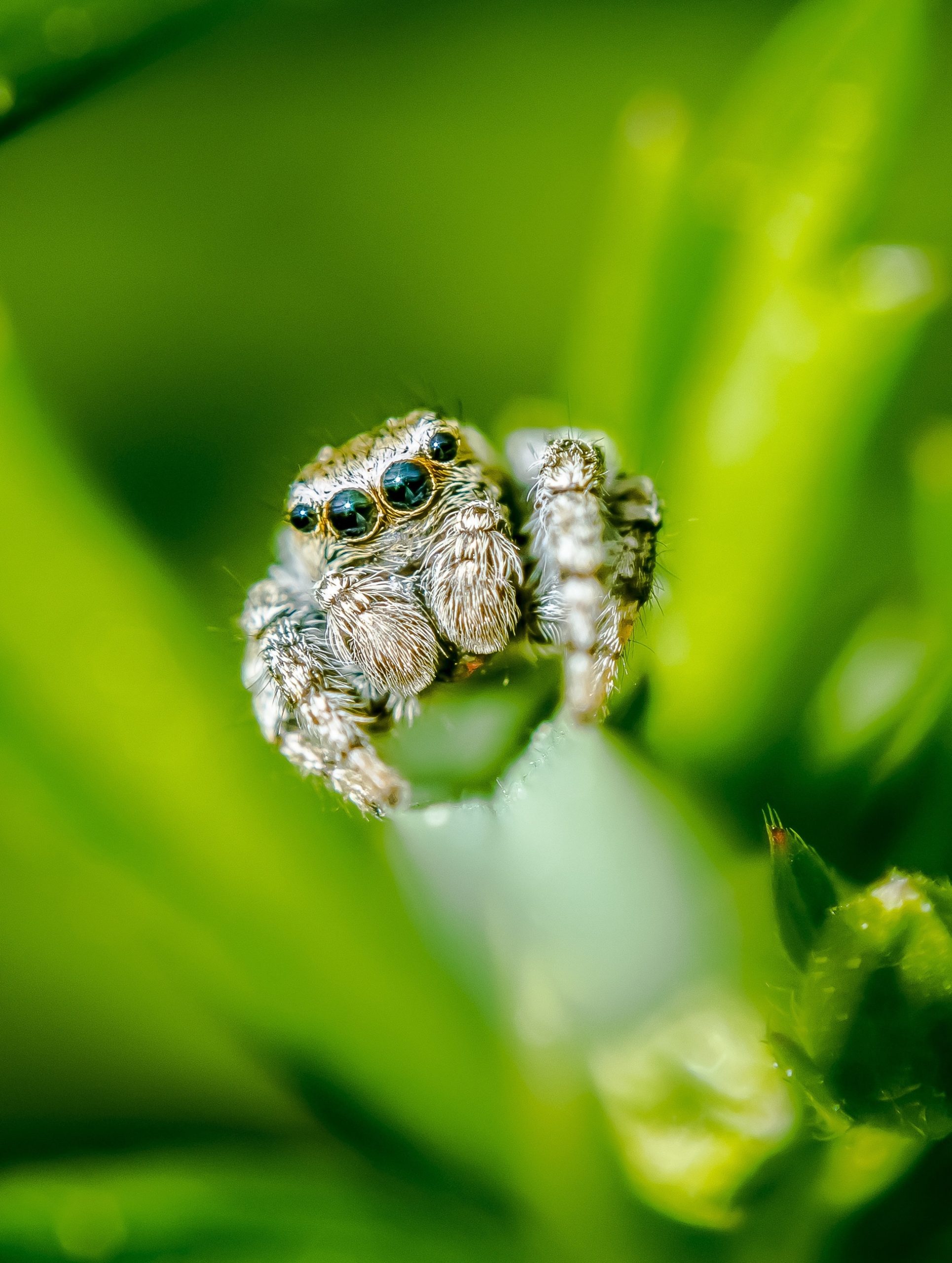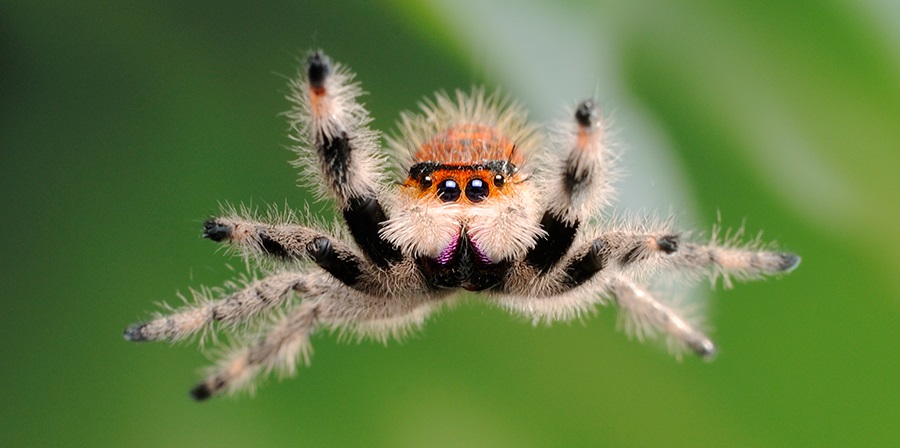A Magical Metamorphosis: A Look at the Molting of Jumping Spiders
Known for their jumping power and curious behavior, these fascinating creatures undergo an incredible transformation throughout their lives. Shedding is a crucial part of their growth and development, leaving their old skin behind and welcoming new, larger armor.
In this blog we take you through the different stages of this process, discover what can influence this process and share useful tips for taking care of your jumping spider during molting.
Molting in Jumping Spiders
jumping spiders undergo a fascinating process called molting during their growth and development. This is the process of shedding their exoskeleton to make way for a larger one, and it is an essential part of their life cycle.
Molting is an essential part of their life cycle, where they shed their exoskeleton to make way for a larger one. It is a fragile process of renewal!
Shedding is gradual and usually occurs in three main stages: pre-shedding, the molting itself, and post-shedding.
Simply put, the jumping spider off his old skin. It takes about a week for the new skin to fully harden, meaning the spider is vulnerable to injury during this time.
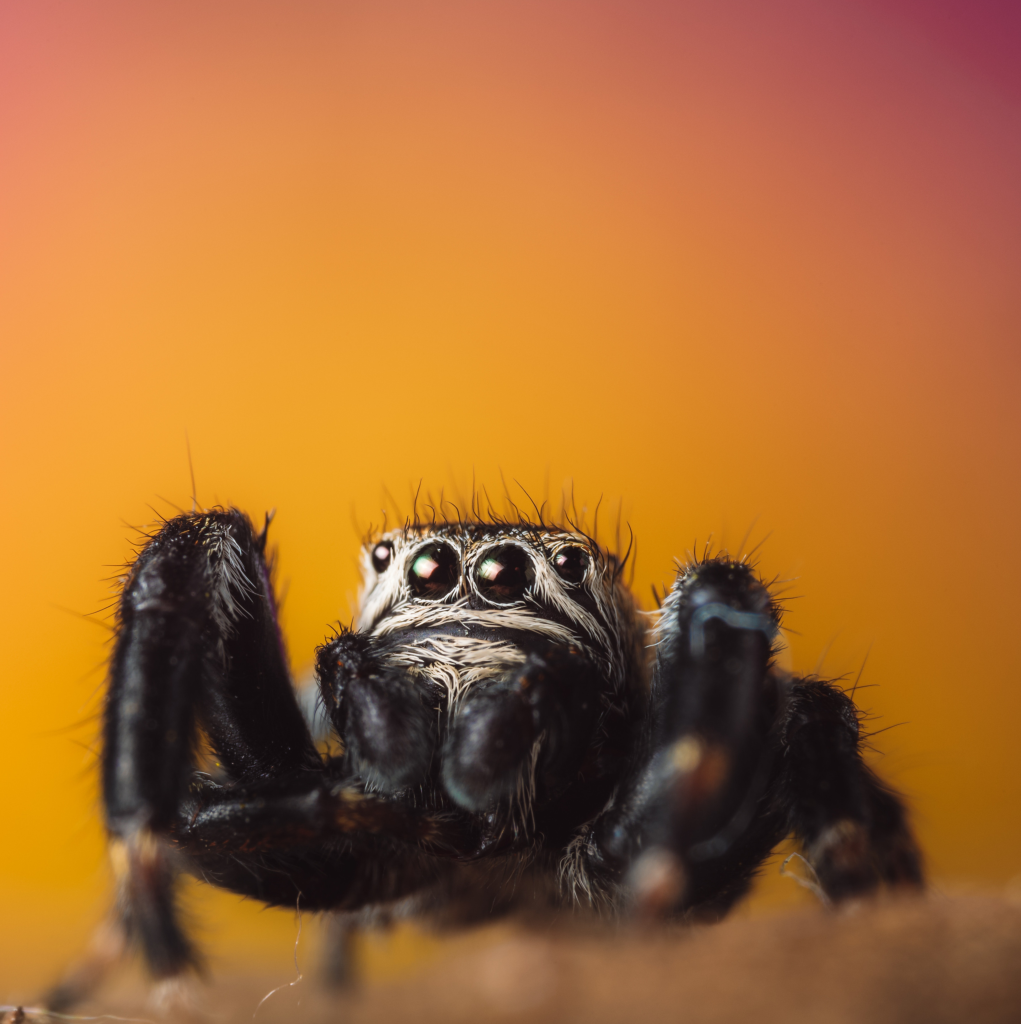
How often do jumping spiders molt?
jumping spiders can molt between six and nine times throughout their lives. The number of molts can vary depending on factors such as the spider's age, environment, diet and species of spider.
Jumping spiders molt between six and nine times in their lifetime, depending on age, environment and species. Some species may undergo slightly more or less moulting.
The first molt already takes place after the jumping spiders have hatched and before they spread from the egg pack.
Young jumping spiders will molt more often than adult spiders. Baby jumping spiders can molt every few weeks because they are still in the growth phase and their bodies are growing rapidly. When a jumping spider is an adult, it has also fully grown and from this moment they also stop molting.

How long does it take to molt?
The duration of molting in spiders can vary depending on several factors.
Young jumping spiders, especially newly hatched specimens, can usually molt more quickly than adult spiders. In baby jumping spiders molting can sometimes take only a few minutes.
As spiders grow and age, molting can take longer. In adult spiders, the molting process can take several hours for them to fully emerge from their old exoskeleton and their new exoskeleton to harden.
Young jumping spiders can molt in minutes, while adult spiders take several hours. Some individuals may even take a week or more to molt.
It is important to note that the duration of molting can also vary between individuals and species. Some spiders may molt faster than others, depending on their genetic predisposition and health condition. There are even some jumping spiders who spend a week or more over their boredom.

The different stages of molting
Pre-shedding
Pre-shedding is a crucial stage for jumping spiders, preparing to shed their old exoskeleton. During this period, they stop eating and store energy for the upcoming molting process.
It is normal for your spider to eat less well during this period. It is very important to remove any uneaten live insects, as these insects can injure or even kill your spider during molting.
In addition, you will notice that your spider's color darkens during this phase, which indicates the storage of energy in its body. Some jumping spiders avoid hiding during this period and seem less active, which is understandable given the upcoming challenge ahead of them.
Getting bored
Once the new exoskeleton is ready, the spider secretes a special fluid between the old and new exoskeleton to separate them. To shed its old exoskeleton, the spider will first create a gap between its body and legs. You start at this crucial moment jumping spider to wriggle out of its old “skin” while the new is still flexible.
It is remarkable that jumping spiders start with their 'hat' during molting, the first part they shed. This 'hat' refers to the exoskeleton on the head part of the spider. It is shaped like a small cap and is first released before the rest of the body is shed

The duration of this molting process can vary, ranging from a few minutes to several hours, or even several days before it is complete. During this period it is very important not to disturb your spider; spraying your spider's enclosure, provides drinking water and the right humidity, so that the delicate molting phase can proceed without any problems.
Once successfully freed from the old exoskeleton, you wait jumping spider patient while the new exoskeleton hardens, a vulnerable time when disruption must be avoided.
Post boredom
After a molt it is time for the post-shedding phase, a vulnerable time for you jumping spider. During this time you will notice that you jumping spider is very slow and spends most of its time in its hiding place and is less active than usual. This is because the new armor is still soft and needs time to harden completely. It is like a moment of reflection for the spider, in which it renews itself and restores its powers.
Upon completion of the molt, the spider's new exoskeleton glows with a lustrous glow. This is because the new armor is still full of liquid. Over the next few days, the liquid will gradually be absorbed by the spider's body, eventually dulling and hardening the new armor.
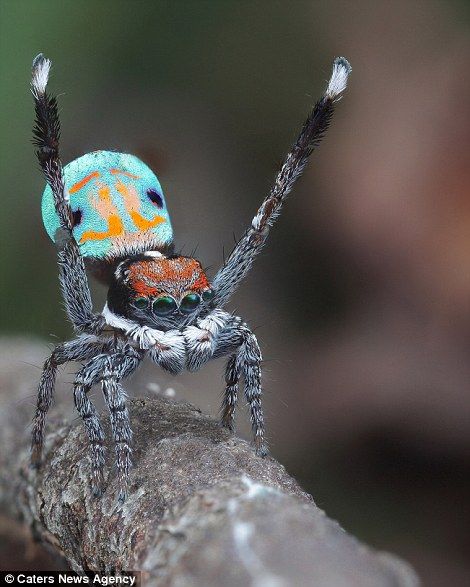
Fascinating Interplay: Molting and Reproduction in Spiders
Molting and reproduction are closely linked in certain jumping spider species. After a successful molt, males can take on a striking brightly colored appearance, which plays an important role in attracting a mate during the mating season.
This colorful change serves as a visible signal to the females and can increase their attraction.
This special interaction between molting and reproduction once again emphasizes the importance of this fascinating process in the life of jumping spiders.
What Can Affect Shedding?
The boredom of one jumping spider can be influenced by various factors, both in the wild and in captivity. The factors that come into play are the conditions of the environment or habitat, the age of your spider, the diet, the time of year and the species jumping spider.
The importance of an optimal environment for successful molting
One of the most important factors is the spider's environment and living conditions. jumping spiders need optimum temperature and humidity to successfully molt. If the environmental conditions are not suitable, the molt may be disrupted and the spider may have difficulty releasing the old exoskeleton or hardening the new one.
The crucial role of health and nutrition in molting
In addition, the health and nutrition of the spider plays a crucial role. A well-balanced diet is essential for the health of the spider and the growth of the new exoskeleton. If the spider does not get enough nutrients, the molt can be slowed down or even stop altogether. A lack of hydration can also cause problems during shedding.
Influence of age on the molting behavior of spiders
The younger the spider, the more often it will molt. Baby jumping spiders undergo frequent molts, usually every few weeks, as they are still developing and their bodies are growing rapidly. Once an adult jumping spiders fully grown, meaning they stop molting, as their bodies are no longer growing and their exoskeleton is firm and large enough to support their adult form.
The optimal environment, health and nutrition play a crucial role in the successful molting of spiders. Age and seasonality can also influence molting behavior, while external factors and genetic predisposition play a role in the process. Provide an optimal environment to promote healthy and successful molting.

Seasonal influences on the molting behavior of spiders
In the wild, most have jumping spiders tend to molt during the spring and summer when abundant food is available. These seasons offer more prey and a more favorable climate, providing the spiders with sufficient nutrition and energy to successfully complete the molting process.
Influence of external and genetic factors on the molting process
Furthermore, external factors such as stress and disturbances in the spider's environment can also have a negative influence on the molting process. Like a jumping spider feeling threatened or stressed can disrupt the molt and reduce the chance of success.
Finally, genetic factors also play a role in molting jumping spiders. Some individuals may be genetically more susceptible to molting problems, while others have a smooth and trouble-free molting process.
In short, the boredom of you jumping spider can be influenced by a combination of environmental factors, health, diet, stress levels and genetic predisposition. It is very important to create a good and stimulating environment for your jumping spider, so that it has the best chance of a successful and healthy molting process.
Signs of Shedding: How Do You Recognize Your Jumping Spider Is Shedding?
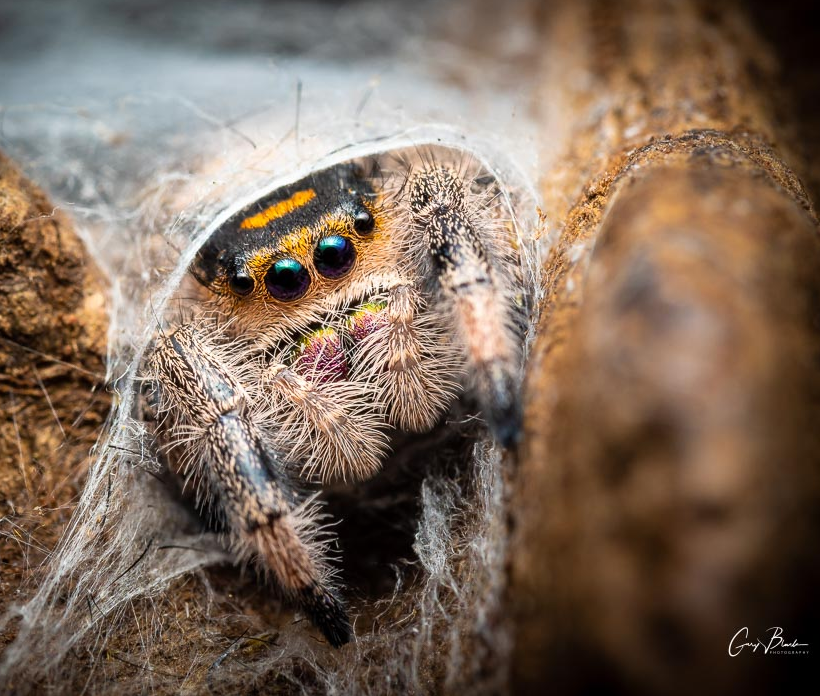
When a jumping spider getting ready to molt, there are some obvious signs to look out for.
- The color of your spider can change; may become darker or lighter
- Your spider stops eating
- Your spider becomes less active
- Your spider spends more time in its hiding place or hammock
It is essential to pay attention to these signals and provide your spider with a calm and safe environment to promote a successful molt.
Stuck Shedding: How To Get Your Jumping Spider Out Of A Tricky Situation?
When your spider gets stuck while molting, it can be a worrying situation. This is because a stuck molt can be fatal for spiders.
- First of all, it's important to make sure the spider is in a safe place where it won't be disturbed.
- Then you can gently spray the spider with water to loosen the old exoskeleton. This may allow the spider to come out of the old sheet more easily.
- If the spider is still stuck, consider gently using tweezers to help remove the old exoskeleton. This can be a tricky step, but it is possible if you gently hold the partially stuck skin and let the spider pull itself out of the old skin. Be extremely careful not to damage the new exoskeleton.
Remember that this is a delicate process and you must remain calm and patient to avoid injuring the spider. However, it's important to note that helping a stuck spider molt carries a risk, and it may not always be successful. If you are not sure what to do, it is advisable to seek professional help.



